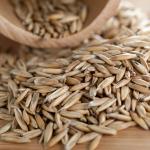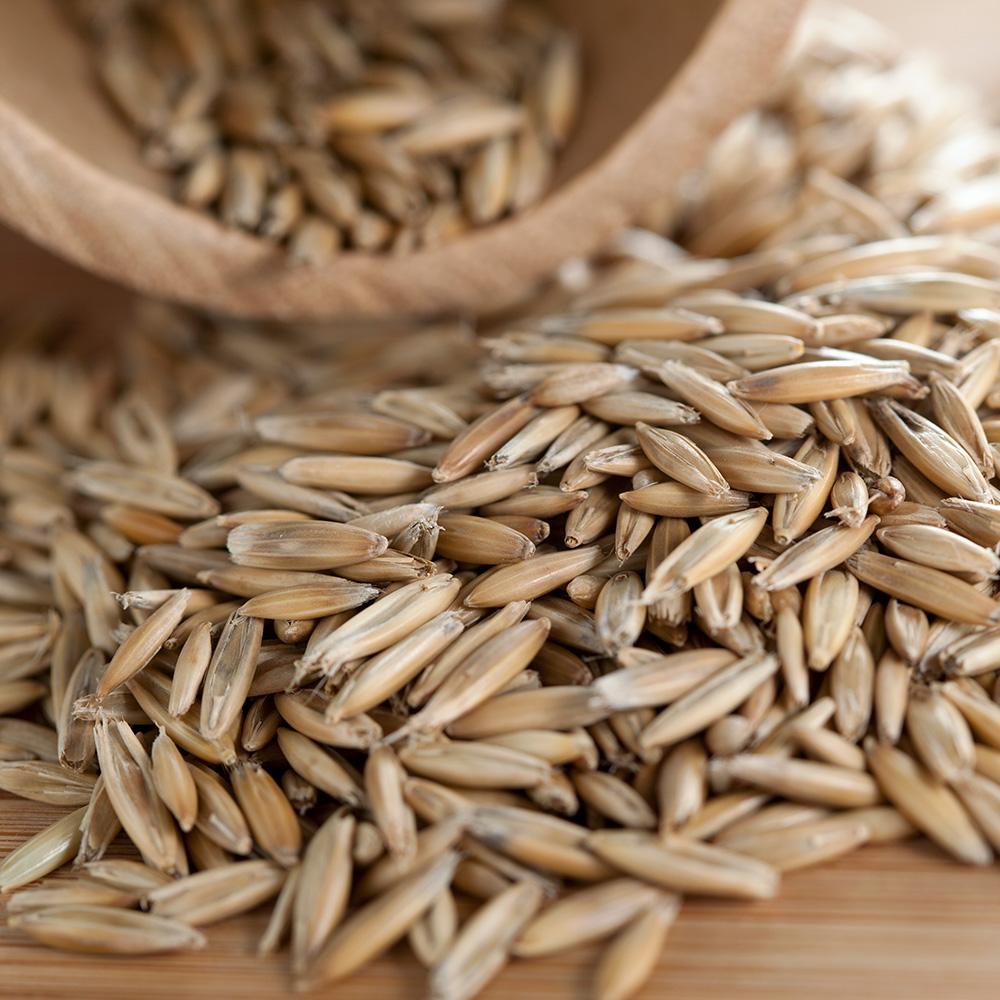Its history
Rye, with its high fibre content, was one of the most diffused cereals in the ancient times. It is believed that it was discovered about 2.000-3.000 years ago in the Middle East’s wheat fields, where it grew as a weed at first and later proliferated in mixed cultivations.
Its properties
The rye’s main characteristic is its high fibre content, which makes it so important for the balance of intestinal flora; it facilitates satiety and controls the sugar absorption decreasing the glycemic oscillations. It is rich in mineral salts such as potassium, magnesium, phosphorous and Vitamin B. But it has a lower protein content than, for example, wheat.



